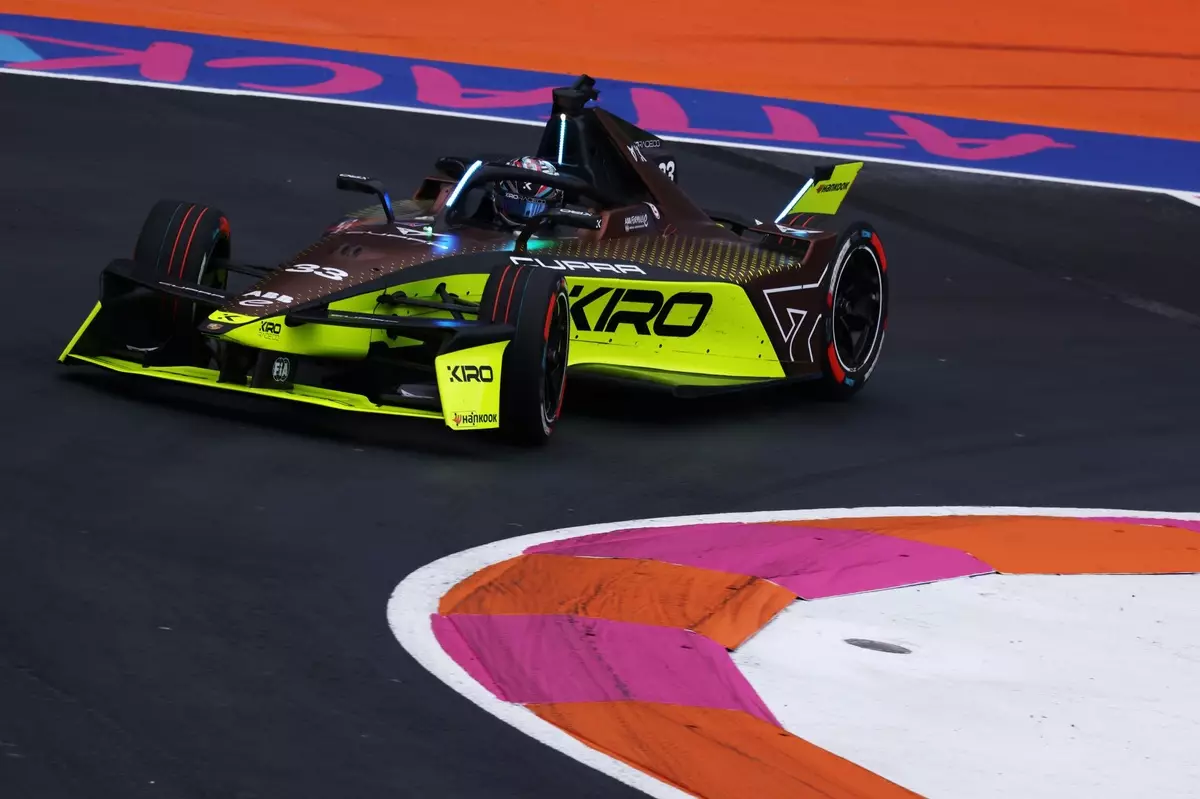In a bold and unconventional move, Forest Road Company, led by managing director Jeremy Tarica, has plunged into the electrifying world of Formula E. What’s striking about this venture is that Tarica is not a seasoned figure in motorsport; rather, he comes from a world of investment where numbers often speak louder than high-octane engines. His company’s recent acquisition of ERT, now rebranded as Kiro, symbolizes a seismic shift not only in team ownership but in the overall approach to how motorsports can tap into an evolving audience. Tarica’s zero-to-hero leap into motorsport reflects a deeper understanding of market trends and consumer behavior that could redefine the game.
This venture symbolizes a refreshing approach—Tarica emphasizes that Kiro is focused on fan engagement and expanding the team’s presence rather than merely chasing the race results. He expresses a clear vision that mirrors contemporary consumer preferences; motorsport is rapidly evolving, and the next big wave is undeniably electric vehicles. His candid acknowledgment of Formula E’s potential for growth highlights his awareness that this sport is more than just racing; it is about aligning with broader societal shifts toward sustainability and tech innovation.
Nurturing Fandom: The New Era of Sports Ownership
Kiro’s ownership structure is as intriguing as its vision. Welcoming a blend of investors, including Atlanta Hawks owner Tony Ressler and Hollywood star Idris Elba, the organization is building a diverse community with insights from various sectors. Such diversification breaks the mold of traditional motorsport ownership. While motorsport has typically been the domain of wealthy patrons with a penchant for cars, Kiro demonstrates that leveraging expertise from entertainment and sports franchises can yield innovative outcomes.
Tarica’s emphasis on attracting “podium people,” who can contribute more than just a name to the roster, speaks to a vital trend in sports management—engagement over mere endorsement. His decision to involve partners who are authentically interested in the sport speaks volumes about a changing attitude towards celebrity involvement. Instead of chasing celebrity endorsements, Kiro aims for genuine collaborations that can help catalyze new fan interactions and enhance community engagement.
Persuading a New Generation: Collaborations with Influencers
Part of Kiro’s strategy involves leveraging the influence of digital celebrities. Aligning team initiatives with social media figures like MrBeast, whose impressive following surpasses 375 million, provides an innovative avenue for captivating a younger audience. These collaborations are not about superficial publicity; they seek to create real experiences and narratives that resonate with new fans. As Tarica agrees, the essence of motorsport is evolving, and it is crucial to create interactive, gamified experiences that captivate viewers.
Kiro’s engagement with social media influencers reflects a savvy understanding of contemporary marketing dynamics. This approach extends beyond traditional advertising and taps into participatory culture, where fans feel genuinely connected to the sport—not just as spectators, but as part of an expanding community. The results of such partnerships are beginning to manifest as Kiro aims to elevate Formula E’s visibility and marketability, making it accessible and appealing to a generation that thrives on engagement and authenticity.
The Innovation Drive: From Paddock to Reality
Kiro’s unique positioning as a newcomer dedicating itself to fan engagement introduces a compelling dialogue about the future of motorsports in the electrified age. Tarica’s expansive commercial perspective may prove invaluable as it prompts the entire racing industry to challenge conventional attitudes. While Formula 1 shines brightly as the established giant in motorsports, Tarica’s assertion that Formula E is the fastest-growing motorsport hints at a transformational moment—one where electric racing can flourish on the same playing field as established titans.
But Kiro’s success will depend on how well it can balance the excitement of racing with the practical realities of electric technology. As much as embracing innovation is vital, the team’s racing performance remains paramount. Tarica and his team are embarking on an exhilarating journey, one that acknowledges the intertwined destinies of environmental responsibility and thrilling competition. As audiences become increasingly attuned to sustainable practices, Kiro’s narrative of partnership and growth might resonate beyond the paddock, potentially setting a standard for future teams.
In this unpredictable arc of sporting evolution, Kiro stands at the forefront, promising a fusion of entertainment, competition, and sustainable technology. Rather than merely participating in the race, they are intent on redefining what it means to be part of a motorsport team in the 21st century. As electric vehicles gain momentum, so too do the innovative strategies that could potentially illuminate the track ahead for formula racing in general.


Leave a Reply